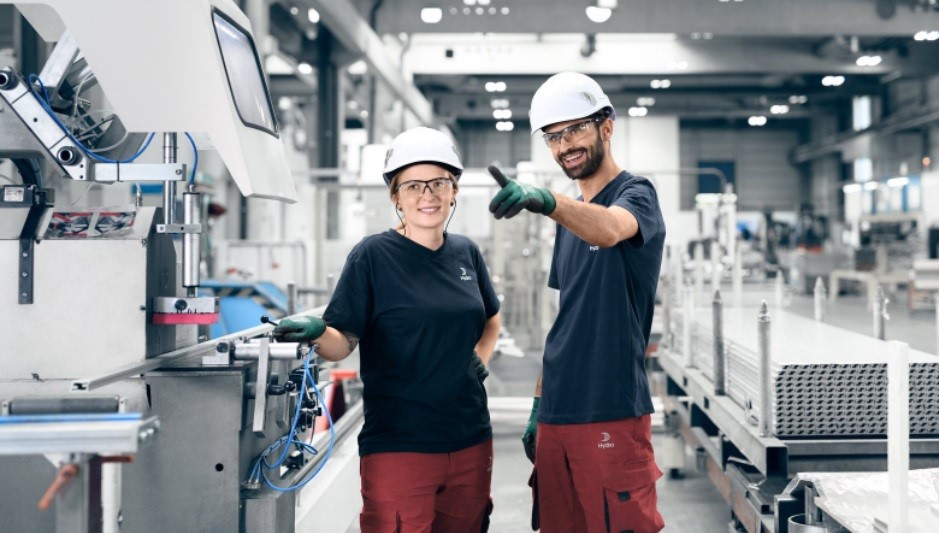

Norsk Hydro, the Norwegian headquartered global aluminium producer, posted record quarterly earnings for Q1 on Tuesday, April 3. As per the reports, Hydro's adjusted EBITDA grew from NOK 9,011 million in Q4 to NOK 11,165 million in the first quarter of 2022. Higher all-in metal and alumina pricing, stronger extrusion margins and volumes, and improved energy performance all helped to boost adjusted EBITDA. Higher raw material costs negated some of this improvement.

In the first quarter, net income from continuing operations was NOK 6,411 million. Net income from continuing operations includes a net foreign exchange gain of NOK 2,379 million, an unrealized gain of NOK 1,418 million on power and raw material contracts, and an unrealized loss of NOK 4,448 million on LME related contracts, in addition to the variables stated above.
“Hydro is delivering both strong financial results and good progress on our strategic objectives of strengthening our position in low-carbon aluminium and growing in new energy. We see strong growth in demand for our low-carbon offerings, Hydro REDUXA and Hydro CIRCAL. This is strengthening our competitive position in a marketplace where we anticipate that aluminium, and especially greener aluminium, will be in high demand,” said President and CEO Hilde Merete Aasheim.
The crisis in Ukraine, supply-chain bottlenecks, weaker Chinese growth, high energy prices, and increasing inflation were all major issues in the quarter, according to the business. Throughout the first quarter, the Platts alumina index (PAX) rose. The Russian invasion of Ukraine forced the closure of the Mykolaiv alumina refinery, which, along with Australia's restriction on bauxite and alumina exports to Russia, has disrupted global alumina trade flows by 3 to 4 million tonnes.
During the first quarter, the three-month aluminium price augmented, starting at US$2,808 per tonne and finishing at US$3,491 per tonne. The price was erratic, ranging from US$2,808 per tonnes to US$3,849 per tonne, as the Russian invasion of Ukraine heightened fears of penalties on Russian producers and major disruptions in metal shipments. Furthermore, rising gas and electricity prices have resulted in a rise in production costs in Europe, as well as a number of smelter closures.

At the conclusion of the quarter, Hydro had NOK 21.2 billion in cash and cash equivalents, as well as NOK 1.5 billion in time deposits, which were included in short-term investments. In most cases, time deposits are offered on short notice. At the conclusion of the quarter, the USD 1.6 billion revolving credit facility was fully used.
Responses








